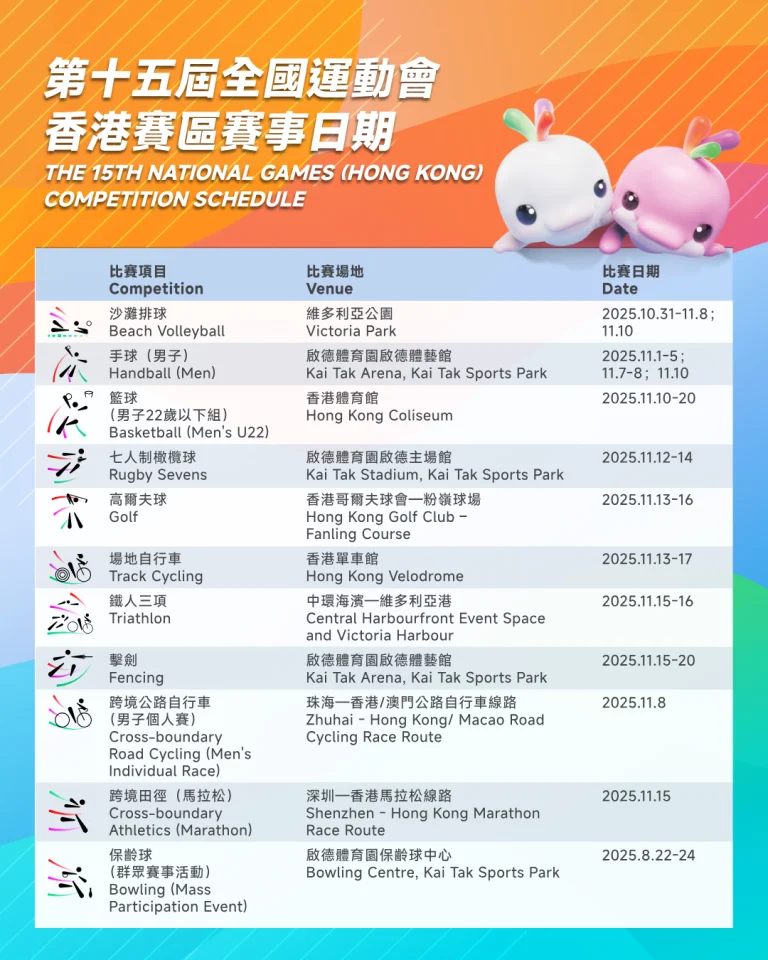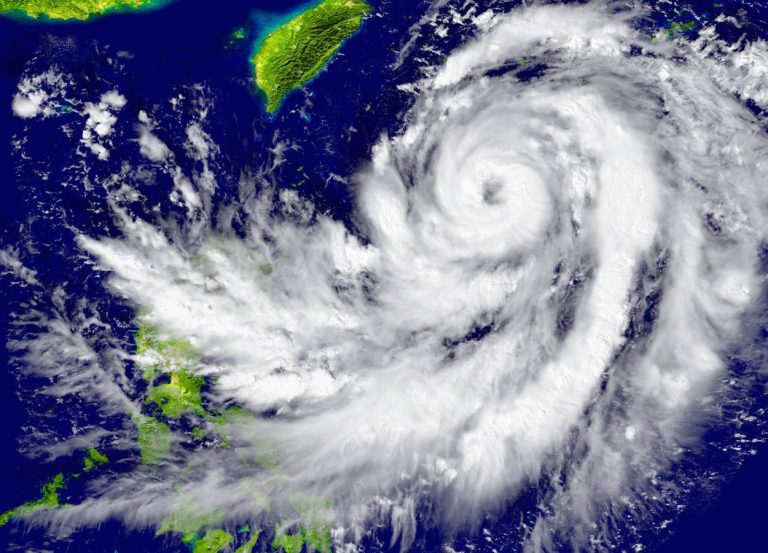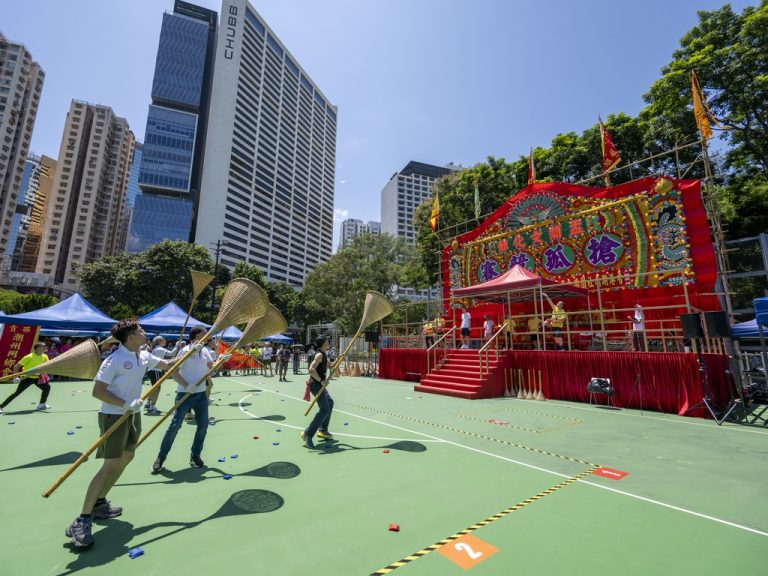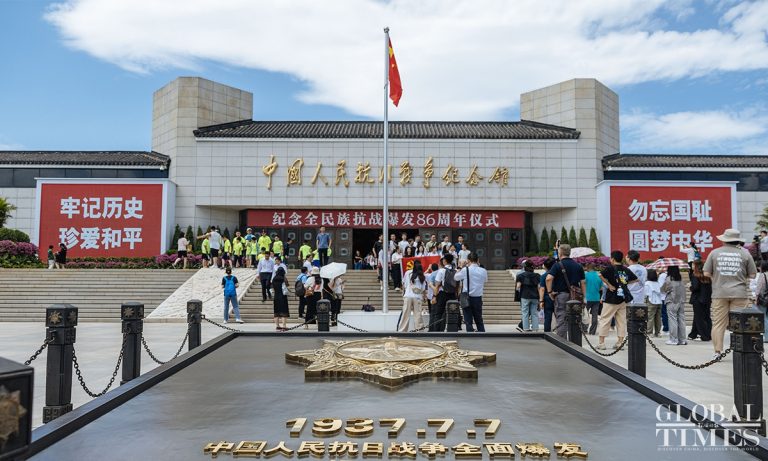Hong Kong’s Museum of History is set to host a profound historical exhibition commemorating the 80th Anniversary of Victory in the Chinese People’s War of Resistance Against Japanese Aggression and the World Anti-Fascist War. Opening on August 26, 2025, and running until December 15, 2025, the exhibition offers visitors a compelling journey through one of the most challenging periods in Chinese history.
Titled “United in Arms, Standing for Peace,” the exhibition is a collaborative effort between the Leisure & Cultural Services Department and the National Museum of China. Visitors will have the unique opportunity to explore 183 carefully curated relics, with 82 items originating from the National Museum of China. What makes this exhibition particularly special is that approximately 60 exhibits will be displayed in Hong Kong for the first time, including eight grade-one national treasures.
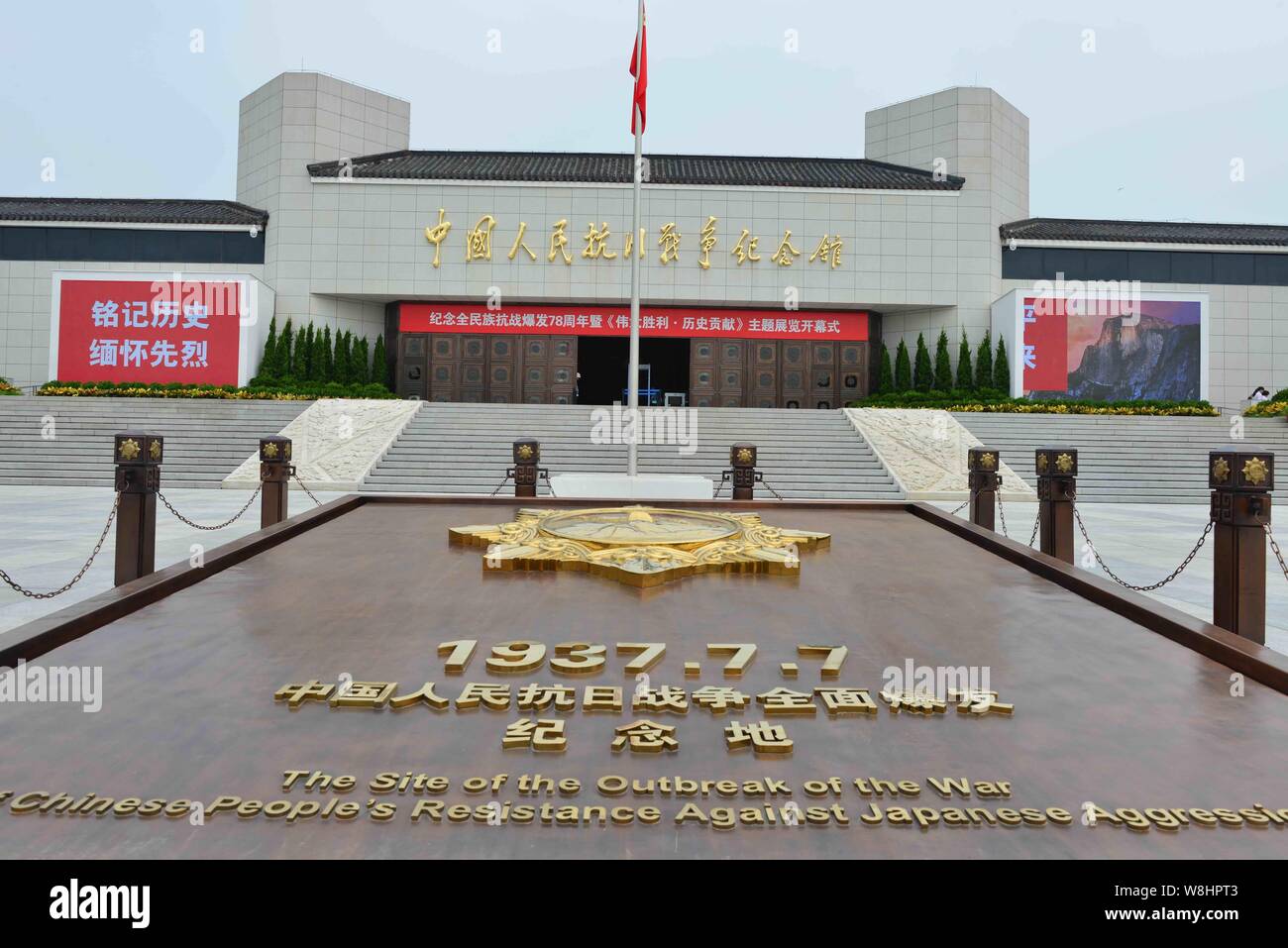
The exhibition’s collection is a testament to historical preservation, drawing artifacts from diverse sources including local cultural institutions, museums, private collectors, and the Museum of History’s own archives. Standout pieces include an armband from Peking University’s Southbound Protest Group and a disguised copy of Mao Zedong’s “On Protracted War” – cleverly titled “Wenshi Tongyi” (Comprehensive Meaning of Literature and Historiography).

Structured across seven comprehensive sections, the exhibition provides an immersive exploration of the 14-year resistance against aggression. Visitors will encounter meticulously reconstructed historical scenes, including the pivotal Marco Polo Bridge Incident of July 7, 1937, when Japanese forces attacked Chinese troops, and a representation of a Hong Kong internment camp. These installations offer a visceral connection to the historical context, bringing complex historical narratives to life.
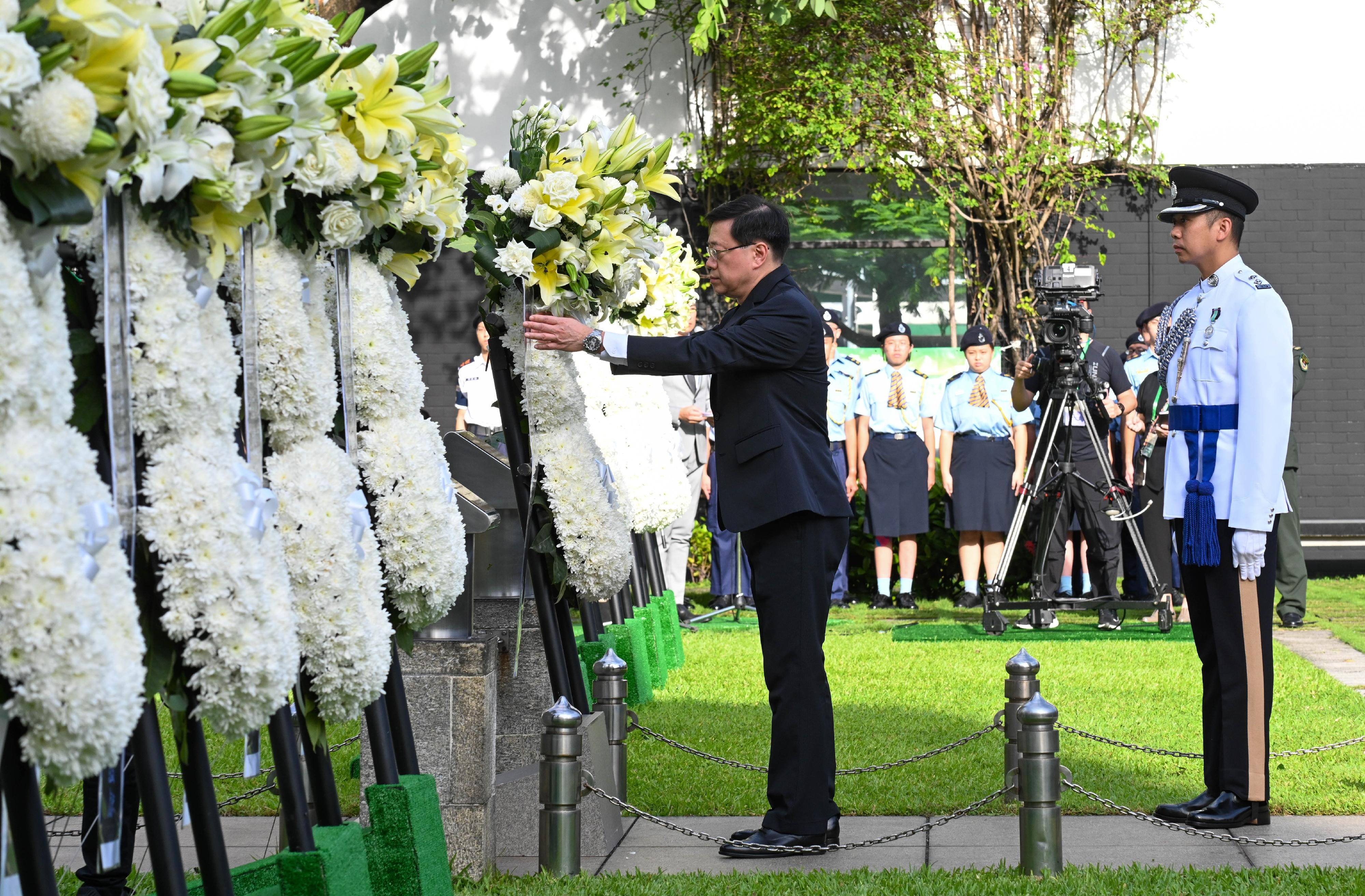
During the opening ceremony, Chief Secretary Chan Kwok-ki emphasized the exhibition’s significance. He highlighted the artifacts, images, and documents as powerful testimonials to the historical truth of the period. Chan particularly underscored the Chinese Communist Party’s central role during the war and acknowledged Hong Kong’s meaningful contributions to national resistance.
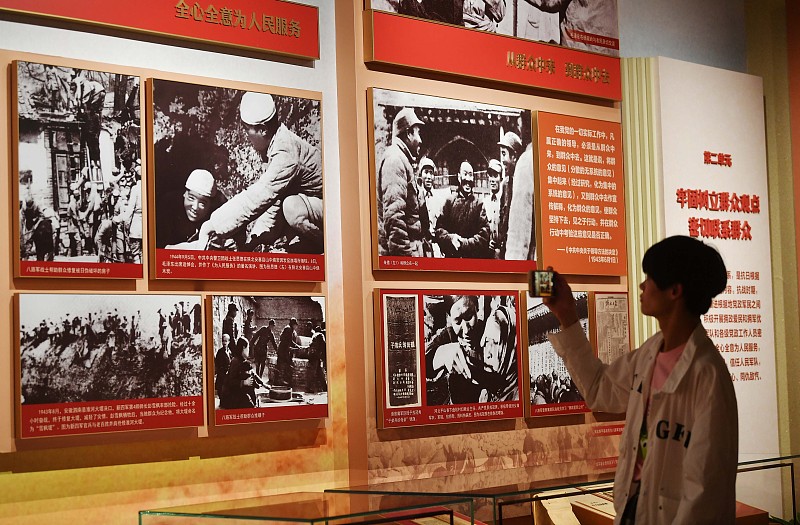
The exhibition features remarkable personal artifacts that provide intimate insights into individual experiences. An iron plate belonging to patriot Huang Yanpei and the Peking University Southbound Protest Group’s armband are particularly poignant, representing the personal sacrifices and collective struggles of the era.
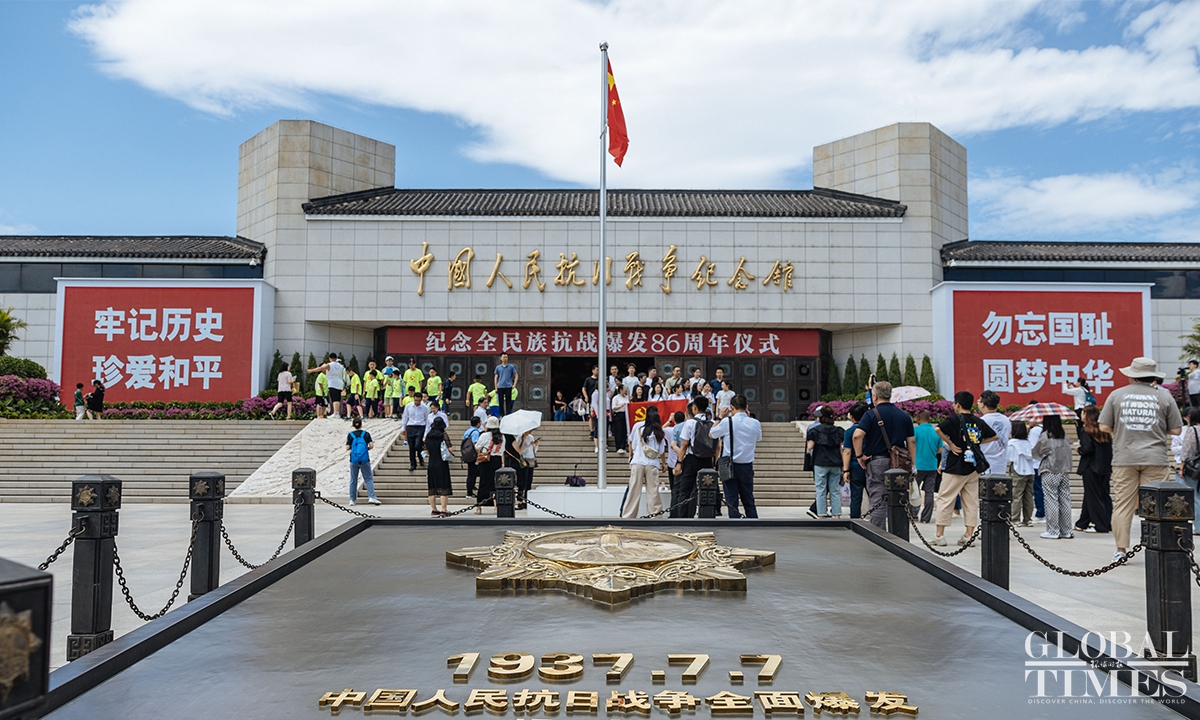
Distinguished guests at the opening included Wang Songmiao from the Liaison Office of the Central People’s Government in Hong Kong, Sun Deli of the National Cultural Heritage Administration, Rosanna Law, Secretary for Culture, Sports & Tourism, and Yang Fan, Secretary of the CPC Committee of the National Museum of China.
Beyond a mere historical display, this exhibition serves as an educational platform, inviting visitors to engage deeply with a critical period of history. It offers an opportunity to reflect on the immense sacrifices made during the war and reinforces the importance of peace.
Admission to the exhibition is free, making it accessible to everyone interested in understanding this significant chapter of Chinese history. By presenting these carefully preserved artifacts and reconstructed scenes, the Museum of History provides a powerful narrative that connects past struggles with contemporary aspirations for peace and understanding.
Visitors are encouraged to explore this extraordinary exhibition, which promises to be both an educational journey and a profound commemoration of historical resilience and unity.


